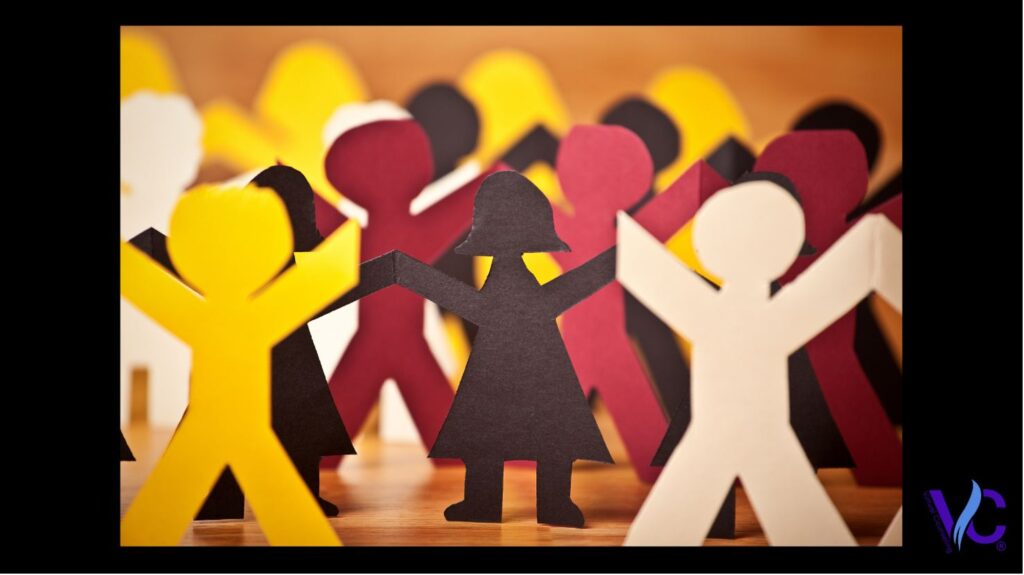Human beings have many things in common, which because we all seem to go through similar developmental stages, gives us the appearance of similarity. Human beings are remarkably diverse. Shaped by a combination of genetics and life experiences, we develop a wide range of personalities and temperaments, skills, capabilities, preferences, perspectives, and ways of being.
One form of diversity is neurodiversity, a wide-ranging condition that includes things like left-handedness or color blindness. Neurodiversity doesn’t mean the same thing as disability—it is only disabling when it creates or confronts functional limitations on an individual’s opportunities to succeed in the world on their own terms (as red-green color blindness may preclude driving). Both neurodiversity and disability—either independently or in combination—can shape how a person sees, understands, and acts in the world. Many people consider either or both to be important parts of their identity.
One form of neurodiversity has been categorized as autism or autism spectrum disorder (ASD), largely due to common patterns of communication, social interaction, and behavior. However, ASD is far more than a set of signs and symptoms. It is a ‘whole person’ condition.
Being autistic is not necessarily a disability. On the spectrum of its common patterns, there can be autism-related disabilities associated with communication, social interaction, and behavior where people can benefit from interventions to support their capacity to participate—emotionally, socially, and economically—as members of family and community.
One of the challenges associated with autism-related disabilities is that they affect the life course at two levels, based on disruptions to a person’s capacity to interact with their environment. The ability to sense, receive and respond to information and experiences drives the development of new abilities, functional skills, and patterns of behavior. These experiences take place in parallel to neurologic development, and this combination of nature and nurture results in individualized expression of capabilities such as expressive and receptive communication, social interaction and relationships, and control over behavior.
Autism-related disabilities can be both immediately disruptive to a child’s ‘current-state’ capacity for communication, social interaction, and behavior. It can create longer-term developmental barriers to interaction with their environment and delays in their individual developmental scope and sequence.
Optimal outcomes for someone with autism-related disabilities must be oriented toward the ‘whole person’ and look beyond disabilities in daily living. They must identify individualized opportunities for growth and achievement across a wide range of person-centered developmental and behavioral domains.
Consider aspects of the environment that are both barriers and facilitators to an autistic person’s personal success. The value of interventions should not be measured in terms of reduction in symptoms or acquisition of skills, but in the contribution of those interventions to the person’s long-term life course and capacity to succeed in the world on their own terms and participate emotionally, socially, economically as members of family and community.
